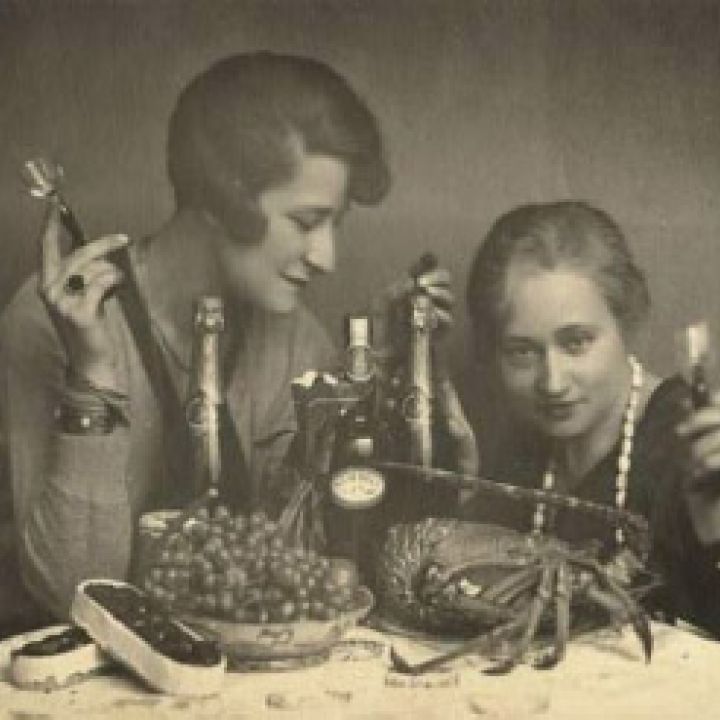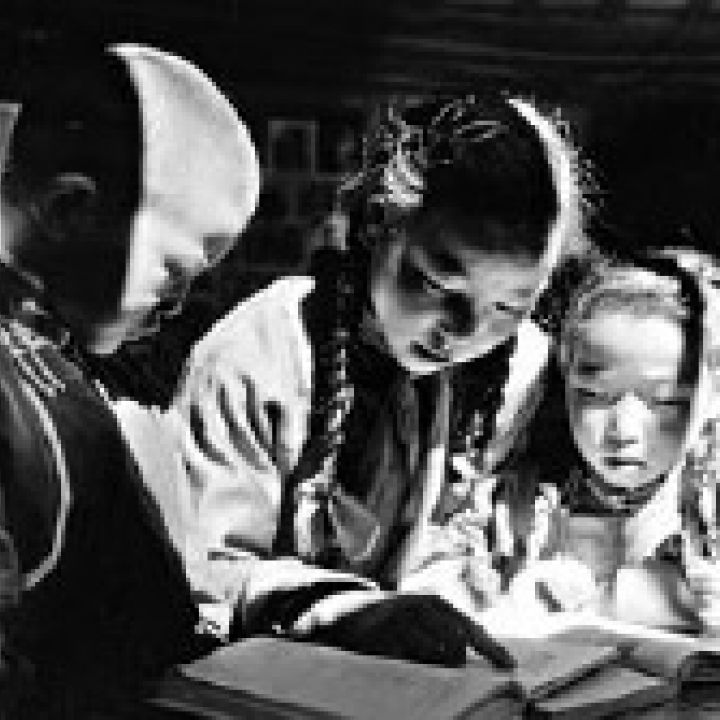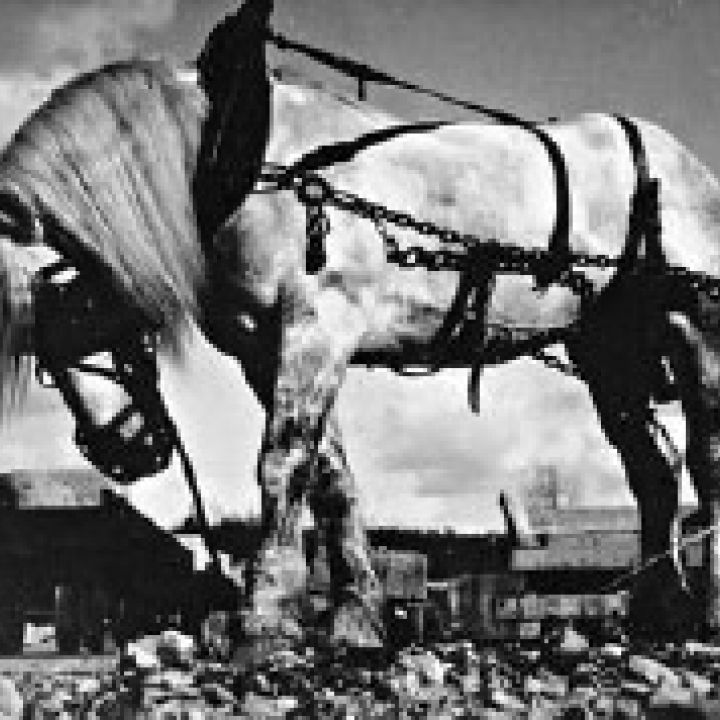From the second half of the 19th century more and more of the rural population moved into the cities and took jobs there. This changed the traditional family model. The number of educated people and therefore of workers increased steadily. Feminist speeches at the turn of the century sought to assert women's equality in political and social struggles.
As a result women were given the right to vote and their employment opportunities were expanded. During the First World War more and more women entered the workforce, especially in the health care and industrial sectors. Social ties were increasingly loosened and women's aspirations for empowerment were given a chance. The number of areas of employment increased, so that it was mainly girls who were supported by merchant families, intellectuals and families with a good financial background, who were able to learn artistic and industrial trades. However, the popular careers of painters, sculptors and craftsmen offered fewer alternatives for earning a living, while photography proved to be more successful in this respect and many chose this branch of art.
In the early 20th century studio photography was in its heyday. Workshops in Vienna, Berlin, Munich and Paris were the places where those who wanted to learn could advance their careers. In Hungary in the 1910s there was no school where people could study photography. Those who wished to pursue a photographic career in the arts travelled in large numbers to Western countries. This is how Erzsi Landau (Ergy Landau ) and Nóra Telkes (Nora Dumas) of Kelenföld came to the French capital. The material in this exhibition shows part of the work of these two world-famous Hungarian photographers. The two artists have been exhibited in galleries in many Western European cities (Paris, Brussels, Munich, Stuttgart), but in Hungary only the Hungarian Museum of Photography and the Historical Photographic Collection of the Hungarian National Museum have works by them. Their careers came together in Paris in 1929, when Nora Dumas joined Ergy Landau's photographic workshop. Working together in the studio lasted almost a decade. A central theme in the art of both of them is linked to the various roles played by women. Their famous model Assia of Ukrainian origin is a near-constant feature in their nude photographs taken in the studio. In particular, they use light and shadow modelling to capture the mobility of the body. In addition to nude and feminine photography they have shown their talent in many other photographic genres: portraiture, children, fashion and documentary.
The exhibition includes the largest number of enlargements in the documentary genre. Ergy Landau collected material in China for her book Horoldamba, published in 1957. Some of the images taken during this trip are on display. Nora Dumas' pictures document everyday life in the French and Swiss countryside. Among her most famous photographs, a full-length portrait of Ylla (Kamilla Koffler) and her first successful work, 'The Carthorse' taken in 1928 are on display.




